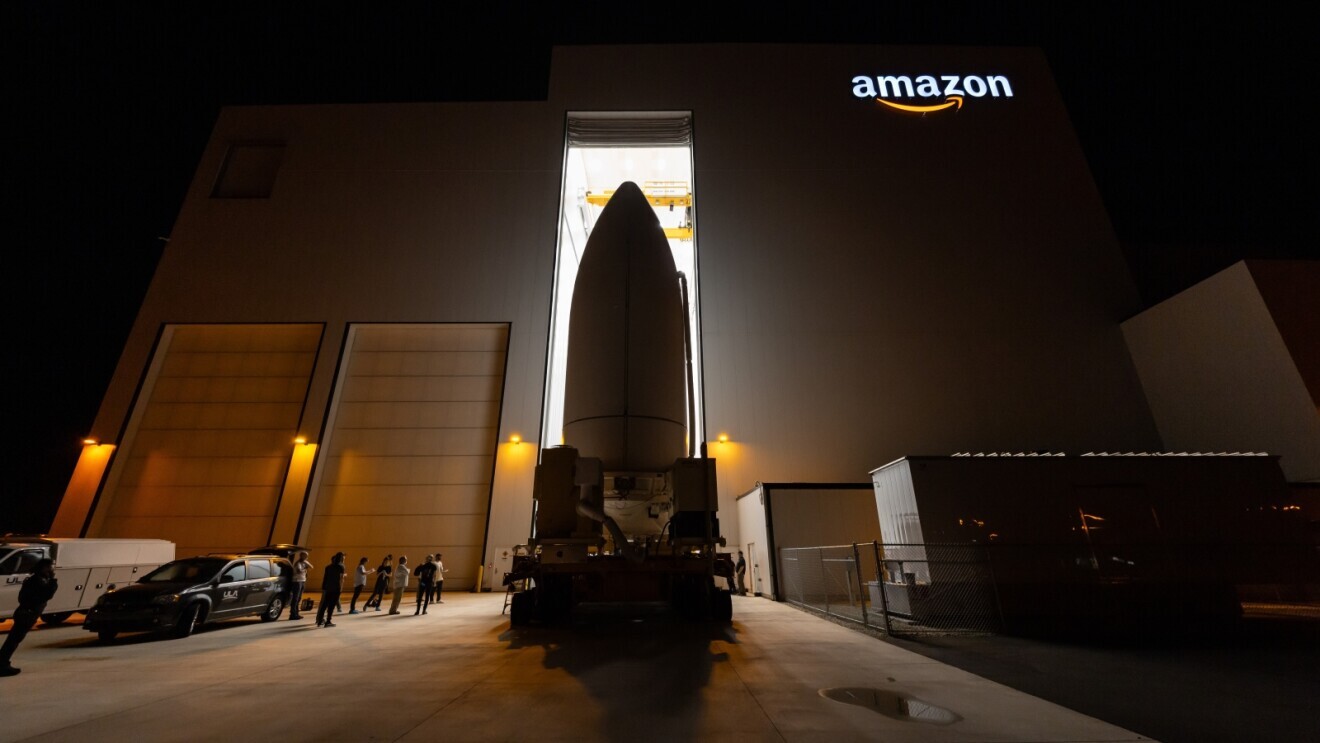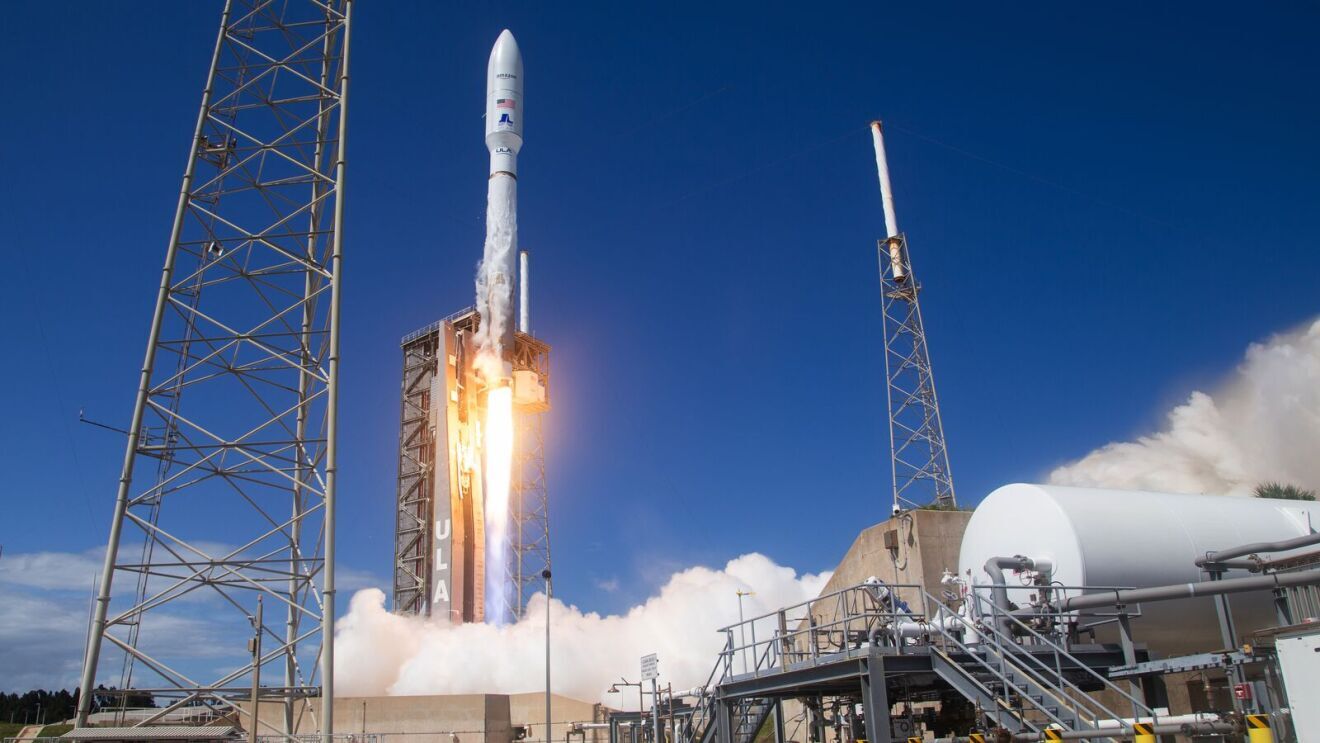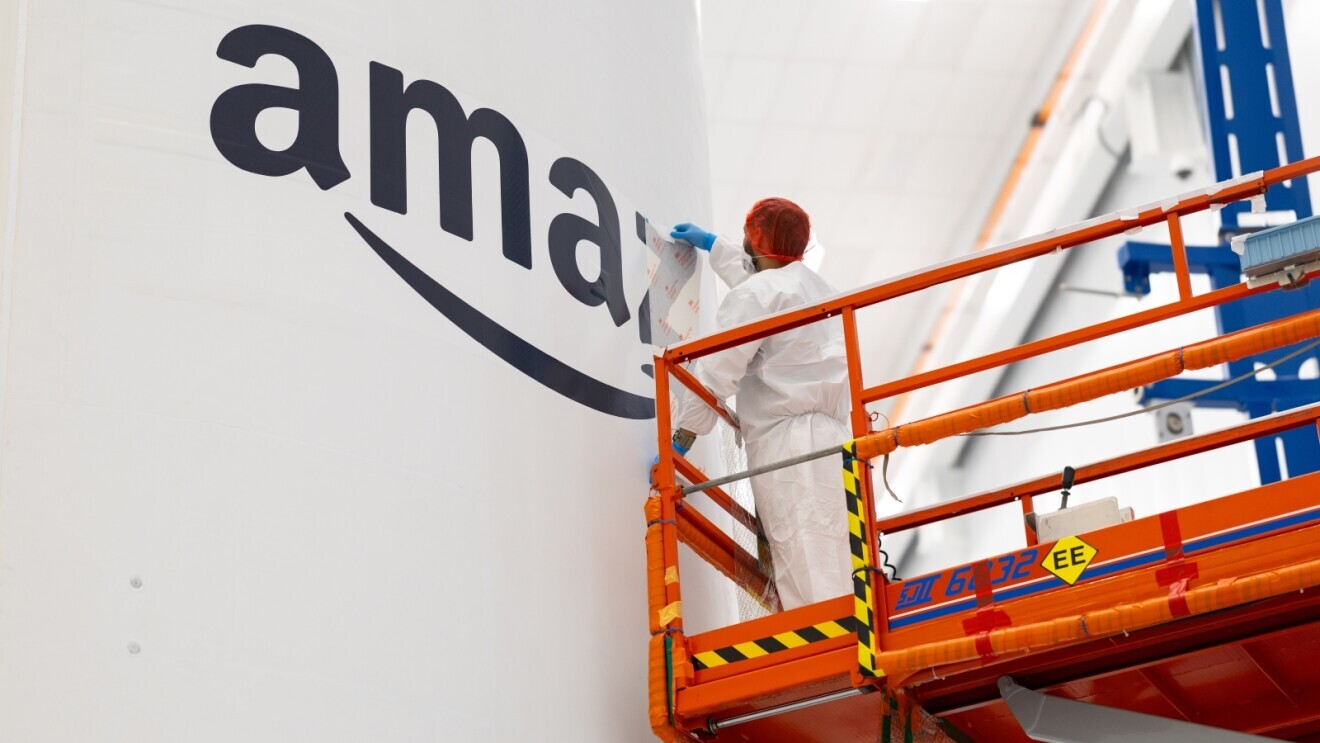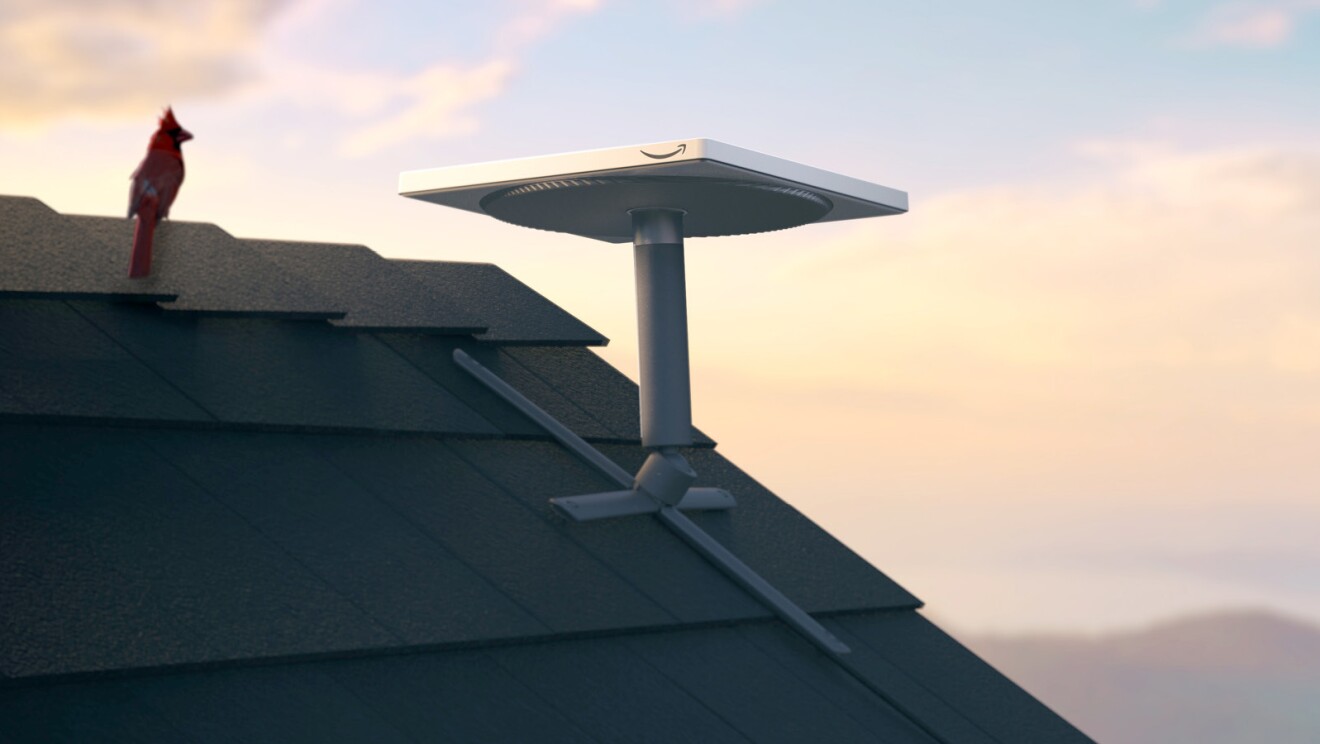Update: The launch for our KA-01 mission will now take place no earlier than (NET) 9 a.m. AEST on Tuesday, April 29.
Project Kuiper is set to send its first full batch of satellites to space, marking an important step in its mission to deliver fast, reliable internet to customers and communities around the world. The mission, named “KA-01” for Kuiper Atlas 1, will launch on a United Launch Alliance (ULA) Atlas V rocket from Cape Canaveral Space Force Station, Florida, and deploy 27 satellites at an altitude of 280 miles (450 kilometers) above Earth. Launch is currently scheduled for no earlier than (NET) 9:00am AEST on Thursday, April 10.
ULA's "Kuiper 1" mission page will provide updates on the launch as well as a launch livestream will begin approximately 20 minutes ahead of liftoff.
Beginning a full-scale deployment

Project Kuiper will deliver high-speed, low-latency internet to virtually any location on the planet, and we expect to begin delivering service to customers later this year. Our first-generation satellite system will include more than 3,200 advanced low Earth orbit satellites, and we’ve secured more than 80 launches to deploy that initial constellation, with each one adding dozens of satellites to the network. The KA-01 mission is just the first step in that process.
“We’ve designed some of the most advanced communications satellites ever built, and every launch is an opportunity to add more capacity and coverage to our network,” said Rajeev Badyal, vice president of Project Kuiper. “We’ve done extensive testing on the ground to prepare for this first mission, but there are some things you can only learn in flight, and this will be the first time we’ve flown our final satellite design and the first time we’ve deployed so many satellites at once. No matter how the mission unfolds, this is just the start of our journey, and we have all the pieces in place to learn and adapt as we prepare to launch again and again over the coming years.”
The satellites flying on KA-01 are a significant upgrade from the two prototype satellites we successfully tested during our Protoflight mission in October 2023. We have improved the performance of every system and sub-system on board, including phased array antennas, processors, solar arrays, propulsion systems, and optical inter-satellite links. In addition, the satellites are coated in a dielectric mirror film unique to Kuiper that scatters reflected sunlight to help make them less visible to ground-based astronomers.
Project Kuiper’s satellite payload will be the heaviest payload ULA’s Atlas V rocket has ever flown. To accommodate it, ULA will be flying Atlas V in its most powerful configuration. The rocket will include five solid rocket boosters in addition to its main booster, and a payload fairing (which contains the satellites) that is 77 feet (23.5 meters) high and 16.4 feet (5 meters) wide.
Over the next few years, Kuiper and ULA teams will conduct seven more Atlas V launches and 38 launches on ULA’s larger Vulcan Centaur rocket. An additional 30-plus launches are planned across our other launch providers: Arianespace, Blue Origin, and SpaceX.
Tracking mission progress

Launch is only the first step in the months-long KA-01 mission. ULA will manage the launch and deployment sequence from their Advanced Spaceflight Operations Center at Cape Canaveral Space Force Station. Once all of the satellites have separated from the rocket, the Kuiper team will take over constellation management from our 24/7 mission operations center in Redmond, Washington.
Our initial objective for the KA-01 mission is to deploy all of the satellites safely in orbit, which means they can independently maneuver and communicate with our team on the ground. To do so, once the satellites have successfully separated from the rocket, they will begin a series of mostly automated steps to activate onboard systems and use their electric propulsion systems to gradually ascend to their assigned orbit of 392 miles (630 km). The satellites will travel at a speed of more than 17,000 miles per hour (27,359 km per hour) on orbit and circle the planet approximately every 90 minutes.
While the satellites complete the orbit-raising process, we will look ahead to our ultimate mission objective: providing end-to-end network connectivity. This involves sending data from the internet, through our ground infrastructure, up to the satellites, and down to customer terminal antennas, and then repeating the journey in the other direction.
Next steps for Project Kuiper

Following KA-01, we will continue to increase our production, processing, and deployment rates as we prepare to begin delivering service to customers. We have already begun shipping and processing satellites for our next mission: KA-02 will also use a ULA Atlas V rocket and launch from Cape Canaveral Space Force Station.
If you’re interested in joining the Kuiper team and supporting our mission to bring fast, reliable broadband to customers and communities around the world, explore our open roles.












